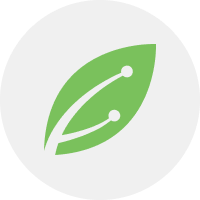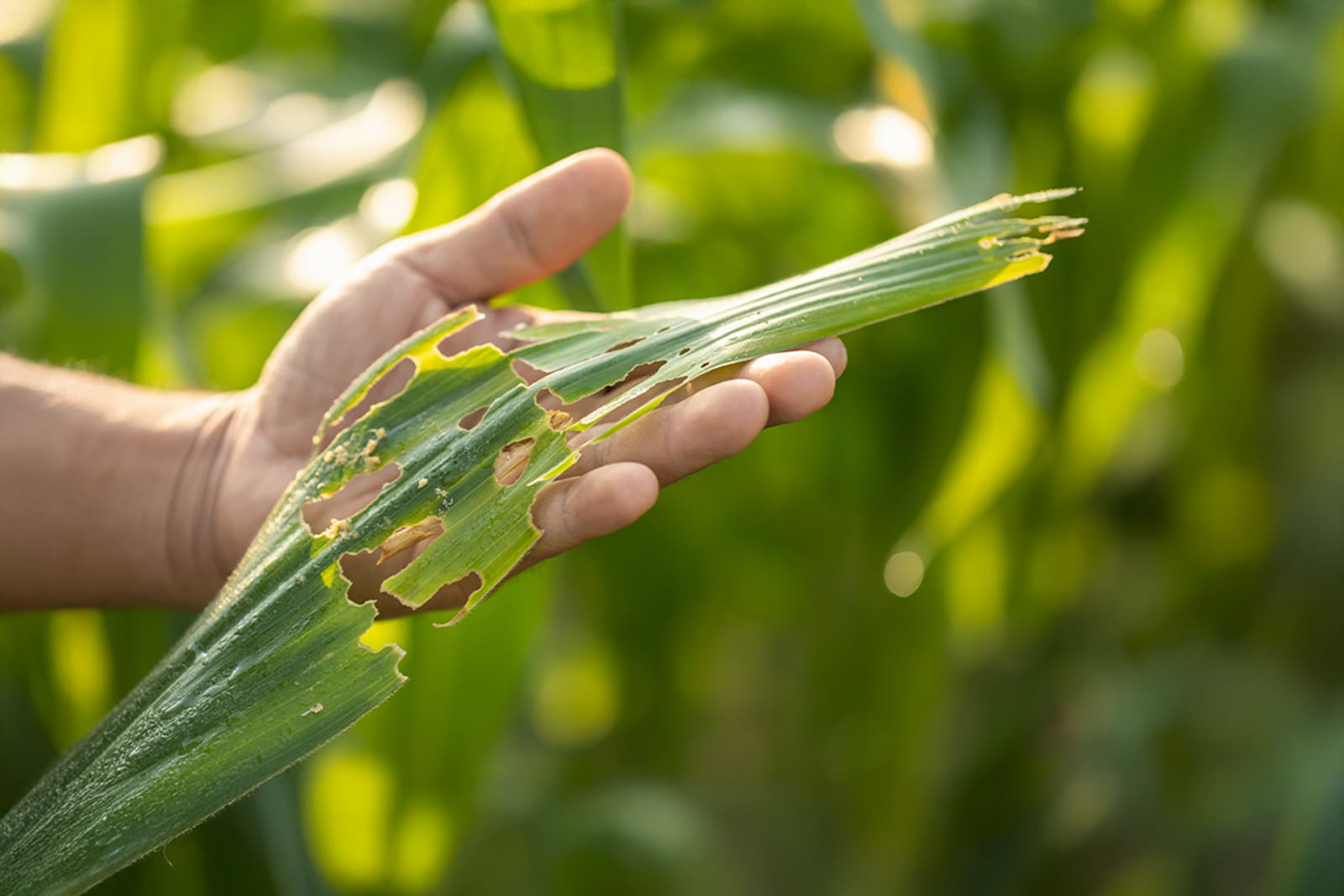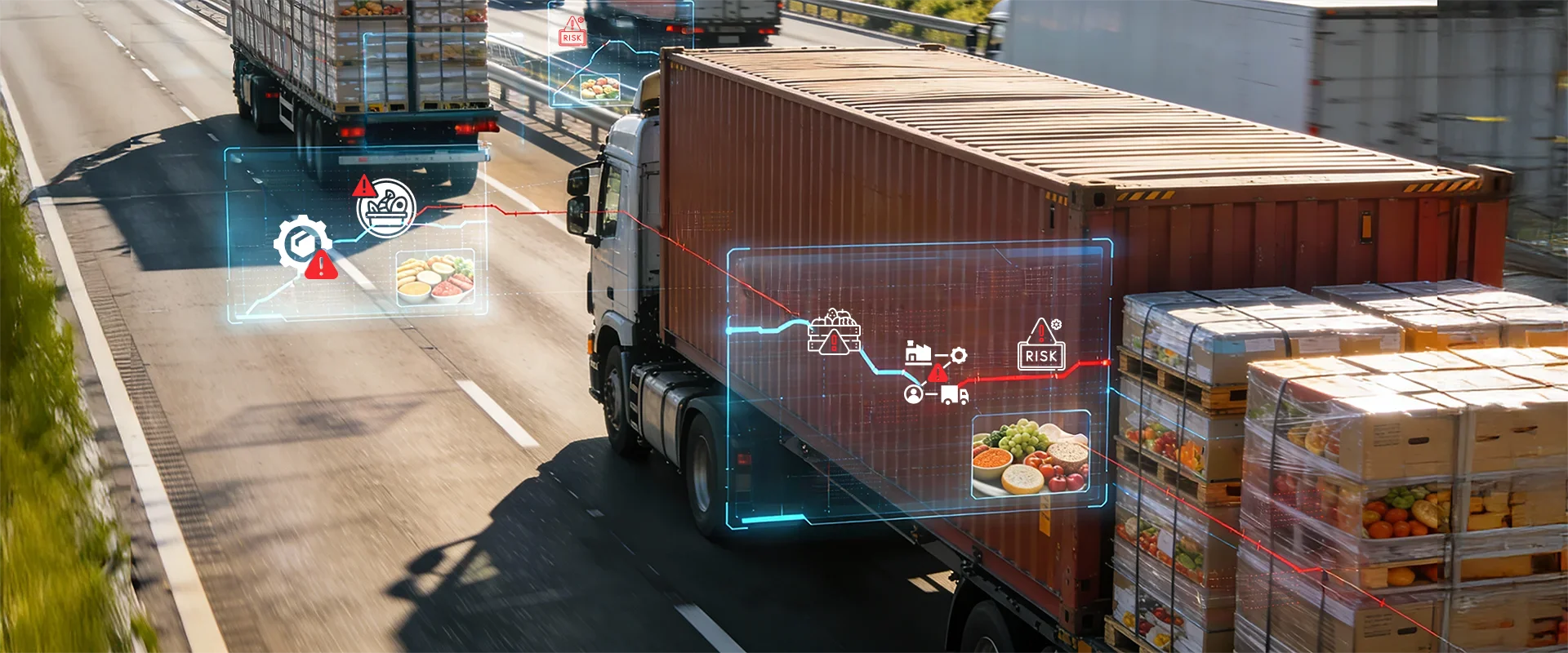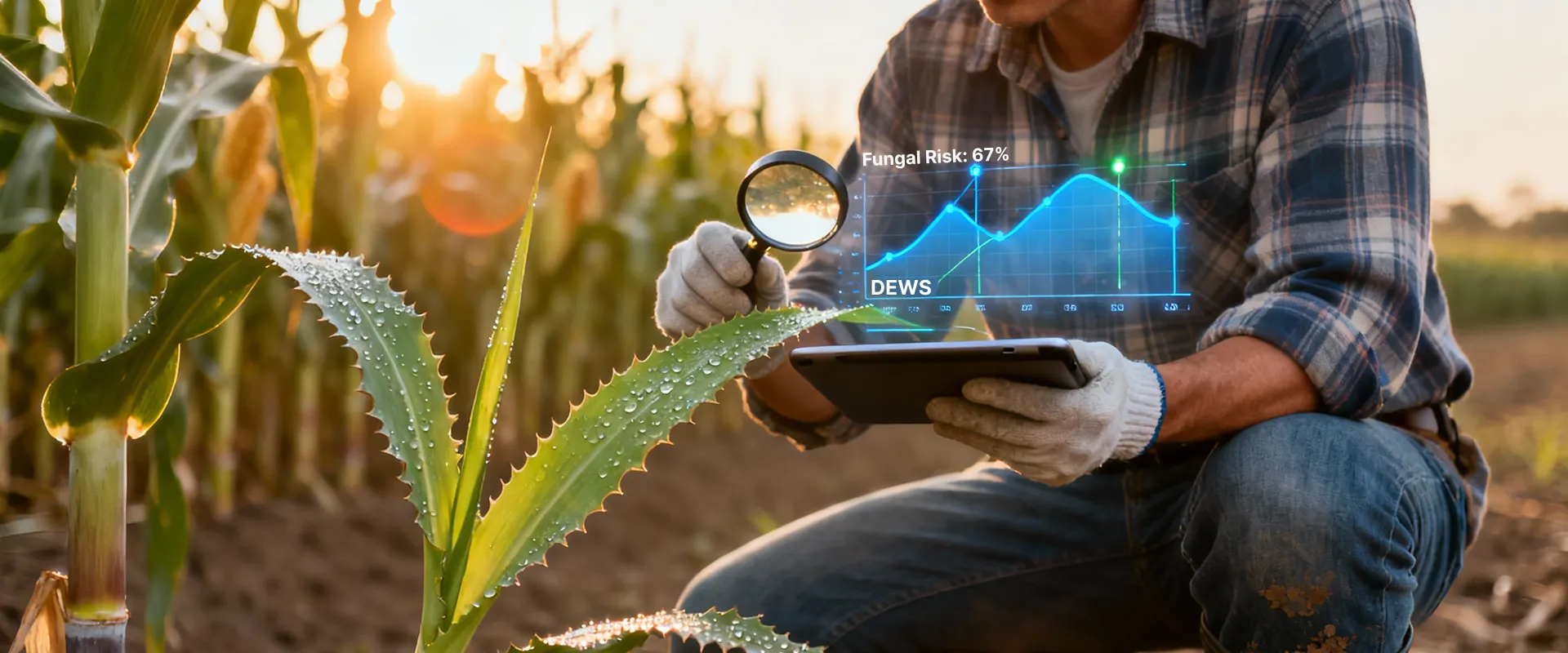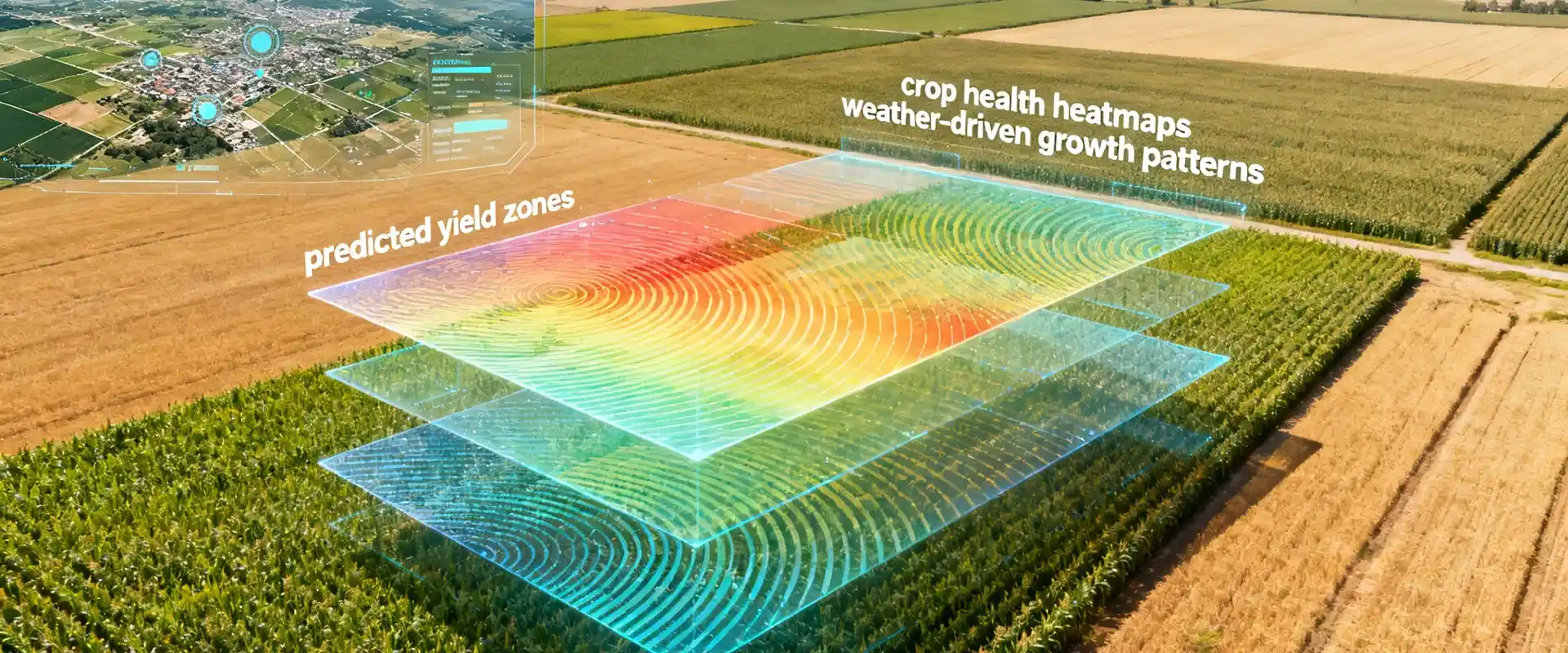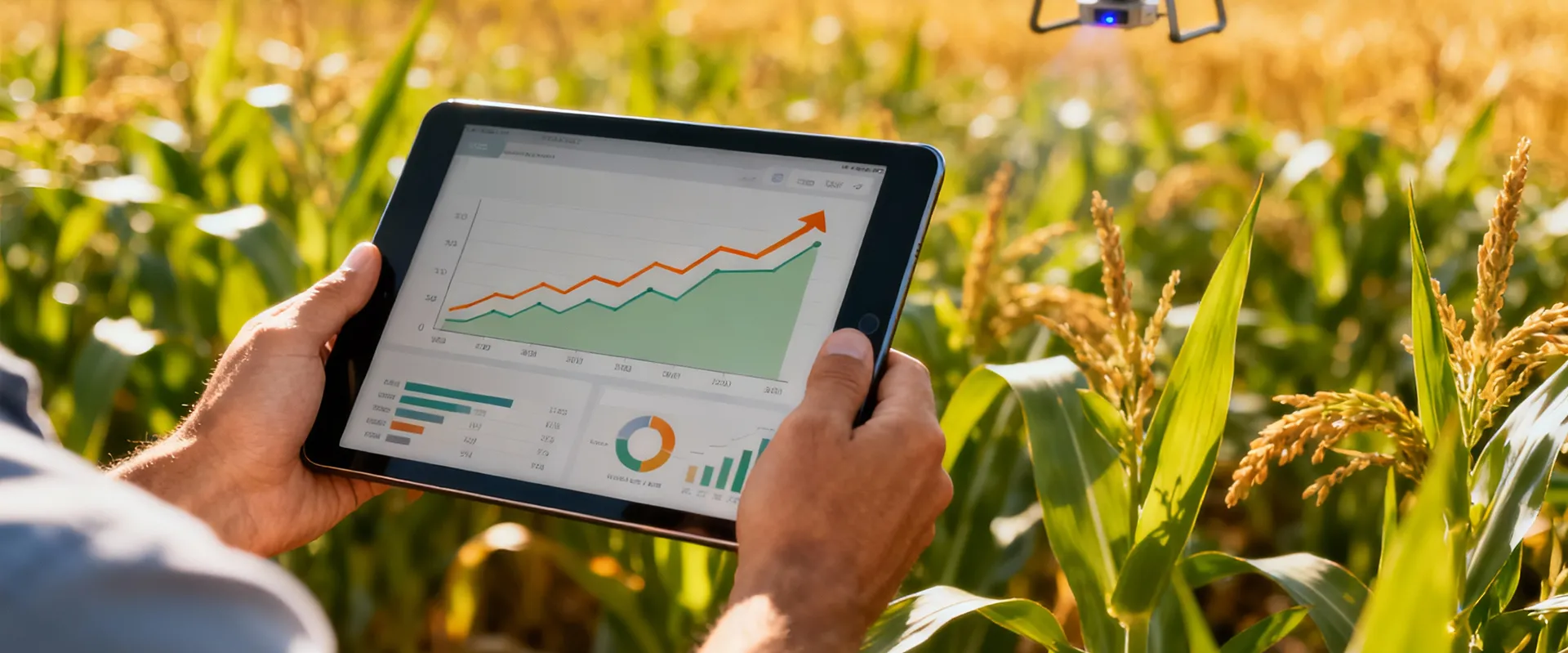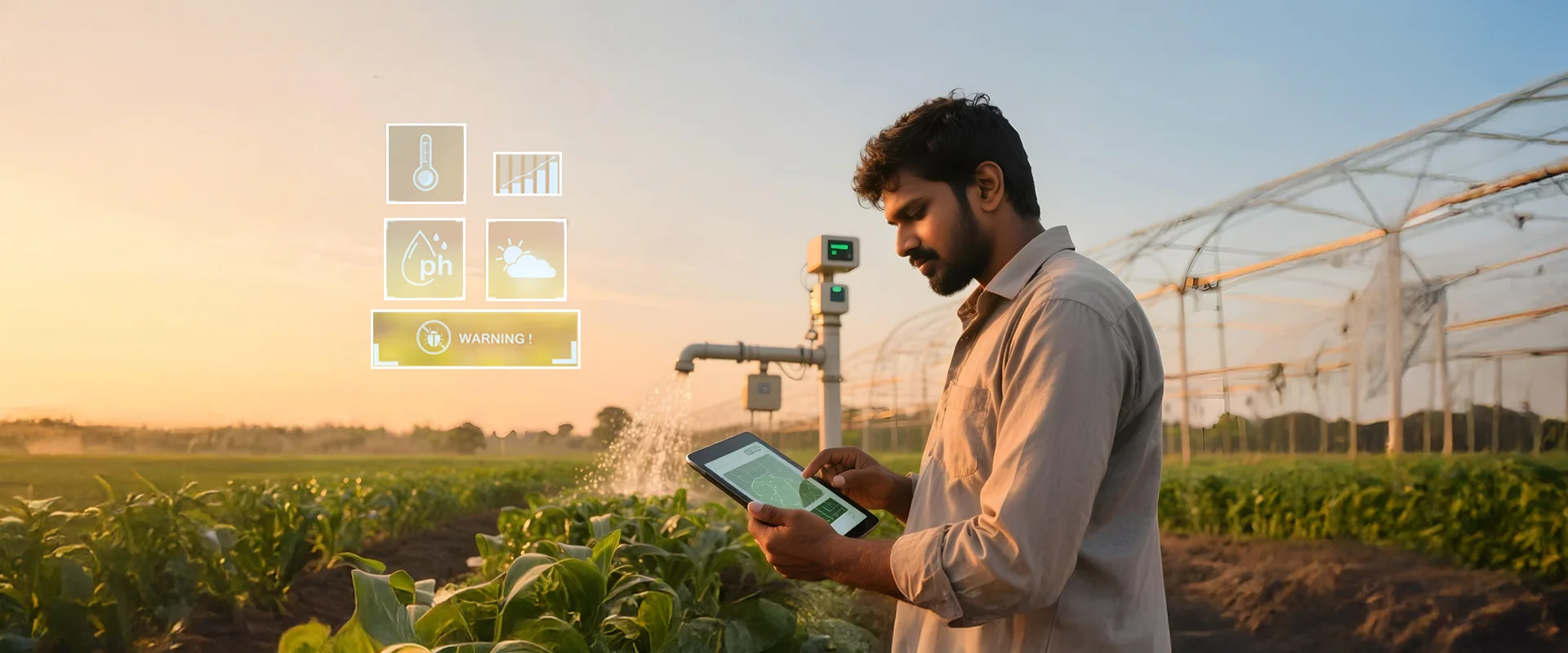Plant disease – a direct threat to agri-food systems
Plant diseases are a severe threat to the food supply. It exacerbates the problem of food supply deficit – a big concern since 800 million people are already inadequately fed. It is essential for farmers to effectively keep a check on plant health to ensure timely prevention and reduce the chances of infestation.
Symptoms of plant disease
Viral plant disease symptoms
Bacterial plant disease symptoms
Identifying pathogens the traditional way
- Site visit : Following a report of a possible infection, agronomists visit the location
- Analysis : To avoid confusion, they look at other factors that might cause similar symptoms. For example, pathogens or grazing animals can result in leaf damage
- Cause detection :Agronomists try to identify environmental causes, such as pollution, which might affect the plants
- Sample collection : They photograph the symptoms and take samples for laboratory analysis
- Pattern finding : Once an infection is identified, agronomists look for patterns in the distribution of infected plants
The solution – deeptech in farming is an effective strategy
Cropin’s Disease Early Warning System (DEWS) is an example of early detection weather-based disease prediction technology. It leverages weather forecasts and the history of the crop’s diseases to predict if a disease can recur. It also considers the crop’s growth stage, real-time weather information – details of rainy days, relative humidity, total rainfall, maximum, minimum & average temperatures, and pollution. Cropin’s DEWS covers more than 65 disease models spread across 20 crop varieties. The predictions are delivered monthly or fortnightly with relevant, actionable insights, making it extremely convenient for the farmers to work on continuous monitoring with all the critical data at their fingertips.

Ease of use
Thanks to the inbuilt sensors, farmers can easily access in-depth knowledge of the plant's natural habits and deal with prevalent crop diseases in real-time and in an informed capacity. Farmers receive insights on which type of pesticide to use, how to plan their pesticide purchase accordingly and when to use it. This prevents low yields due to crop losses.
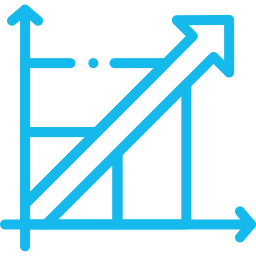
Scalability
Using cellular phones makes "life-saving," plant-based actionable insights accessible to even the smallest of smallholder farmers. Farmers can better plan their control measures and target specific problem areas instead of working blindly.
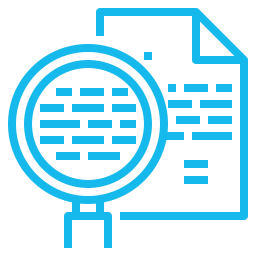
Informed decision-making
Farmers get access to new-age informative data about plant health and can take the necessary preventive steps to maintain crop health. In addition to the age-old data, they can access the latest trends and correlations between environmental factors such as air pollution and the onset of specific microbes. For instance, if a plant lacks essential minerals, it becomes susceptible to pathogenic infections.

Early detection and sustainability
DEWS predicts plant diseases at an early stage, which controls the quantity of pesticide required to control the infestation.

Traceability
Farming companies enjoy the benefits of 100% traceability.
